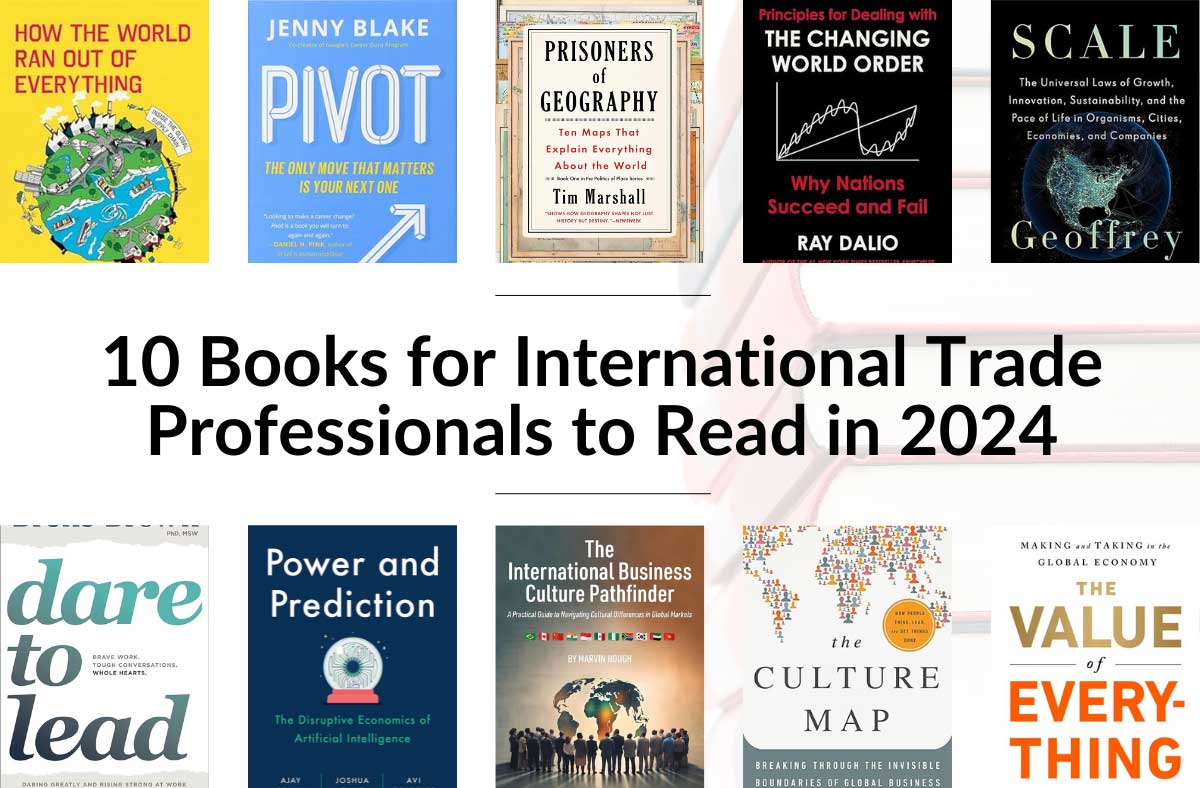Marketers know how difficult it can be to write brochures, landing pages, or ads that need to be translated into other languages. In an instance, clever storylines or puns can disappear or take on unintended meanings without proper cultural considerations. Sometimes a creative translator can recreate it, but some things just don’t work in other languages. Bearing these facts in mind, it’s important to ask yourself some questions before you start working on content for international markets:
Question 1: What languages do my customers speak?
If you’re writing in a Western European language and translating into another similar language (French into Italian or German into English, etc.), there are plenty of translators to choose from. However, if you need to enter Asian markets such as Japan, China, or Thailand, it is best to make sure your texts are firstly written in English. This is because the pool of translators working in certain language pairs (Spanish into Korean, for example) is much smaller, and consequently prices climb.
You should also avoid what is called relay translation. This is when a translation is translated again, into a third language—for example, German to English to Japanese. As in the childhood chain-whispers game, messaging can quickly become garbled and your carefully crafted text loses all meaning.
Question 2: How much humour and creativity does it actually need?
Translators excel at research, so checking technical terms is relatively easy. However, it is far more difficult—and time-consuming—to convey wordplay, sayings, proverbs, and metaphors in translation.
Here’s an example from the English-speaking world. We know copywriters like to play with words and create amusing lines like “Orange you glad to see me?” When read aloud, it sounds like “Aren’t you glad to see me?” Combine it with a picture of an orange and you have created a humorous ad.
However, other countries are less used to this sort of wordplay. There is a danger your audience won’t understand it, even if the translator manages to find something similar.
If you base a campaign on this sort of linguistic joke, the translation becomes difficult. After all, in our example, the word and picture work together. What is a German translator going to do with a picture of an orange with the German word for orange: “Apfelsine”?
As you can see, something like this would be unlikely to turn into a consistent international campaign. So, when you’re designing your campaign, think about how creative you want it to be.
Question 3: Could it be clearer, sharper, and more consistent?
When you write your copy, keep the KISS principle in mind: “Keep it short and simple.” Consider for a moment that French translations are often 20% longer than German texts, and up to 40% longer than English. How will that work with your design? Or will this longer copy take up too much space in your ad?
Even within the English language, you need to be precise. If you use an American copywriter, they usually write out the dates in full, but for readers from other countries, something like 03/02/2021 can mean the 3rd of February or the 2nd of March. You should also consider how you want to handle prices and currency. Are the prices all incorporated into the text? Does your $ sign refer to a US, Canadian or Australian dollar? Perhaps you could insert a table at the end containing the relevant currencies. Translators or graphic designers can then simply swap the prices out according to the market—but if you forget to do so, customers may feel misled.
Be consistent with terminology. Always use the same words for terms that are especially important for your company and your industry. One translation per term is enough. If you are writing about a blog, then call it that every time. Not blog the first time, then post, then article.
Question 4: Are you active or passive?
Understanding the active versus the passive voice is almost instinctive in most people. You know it when you see it, even if you don’t really know the rule. If you read the line “The ball is kicked by John,” something just doesn’t feel right. That’s because it’s a passive statement. However, “John kicked the ball” simply sounds more dynamic and natural.
So, ensure you plan your ideas and messages as directly as possible. Instead of “this is where you get help,” try “we’re happy to help.” Similarly, instead of “this is why the product has sold so well,” try “this is why our product is a bestseller.”
And a bonus tip for all you graphic designers out there. Avoid hard line breaks. Although they help the content to flow better within your layout, they make it difficult for translation agencies to export your text. They can also cause a lot of post-processing and unnecessary additional costs. The cleaner your layout, the faster and cheaper your agency can complete your typesetting.
Other tips to consider when creating content for international markets
Many translation agencies offer copywriting as an additional service. Consider briefing them directly to write your copy, thus removing a step from the process and saving you time and money.
Here’s a useful checklist for any copywriter who is creating content for international markets:
- Keep it short and sweet. French translations can be up to 40% longer than English source texts. Plan for this extra space in your layout.
- Make the content simple and clear so everyone can understand.
- Think about how you want dates or currencies to be written out.
- Don’t use puns or wordplay. Humour isn’t just difficult to translate, it’s also easily misunderstood, especially when your audience is international.
- Be consistent with terminology. One translation per term is enough. Are you writing about a blog? Then that’s what you call it every time.
- Use active language. Not only is it easier to translate, but it is also better stylistically and easier to understand than passive language.




 Learn how to create a strong international brand and develop effective sales and marketing strategies in international markets with the online FITTskills International Sales & Marketing course.
Learn how to create a strong international brand and develop effective sales and marketing strategies in international markets with the online FITTskills International Sales & Marketing course.



disqus comments